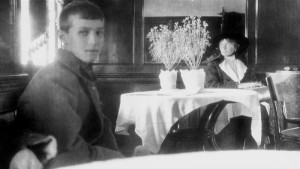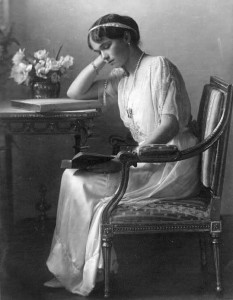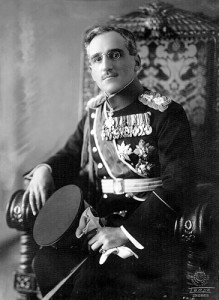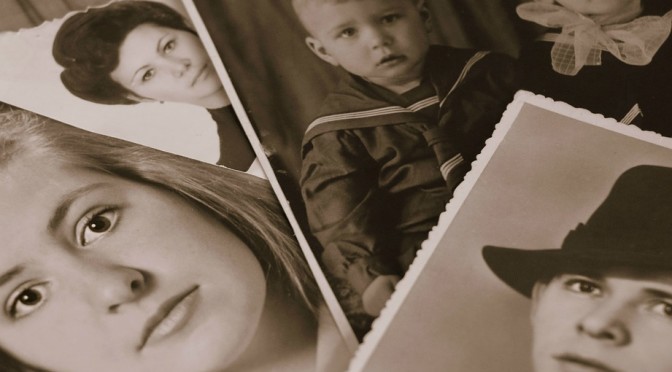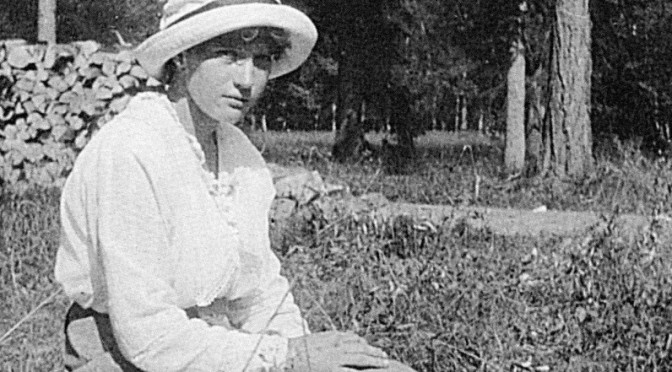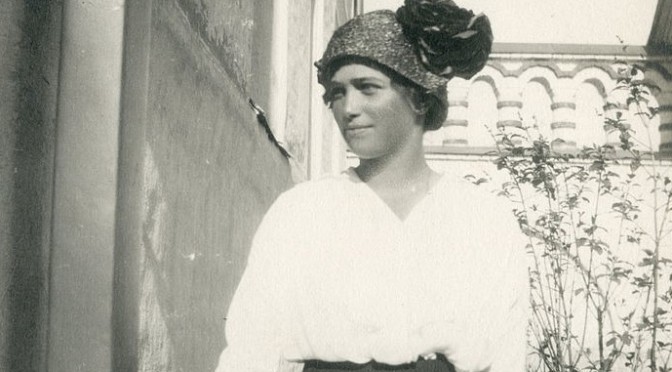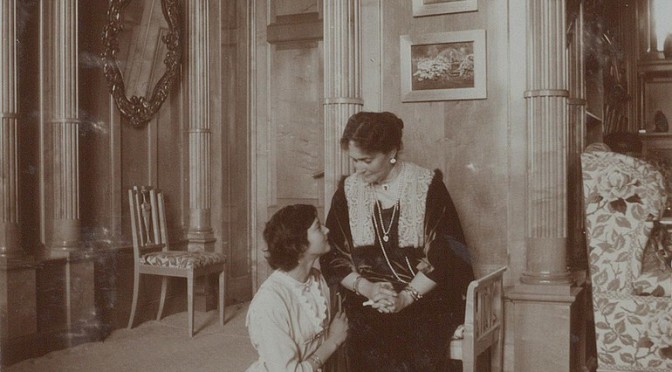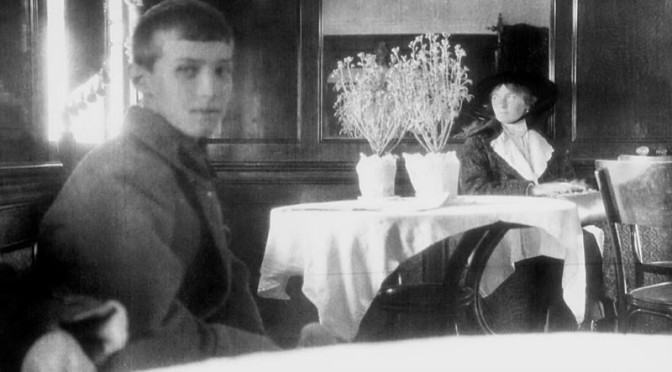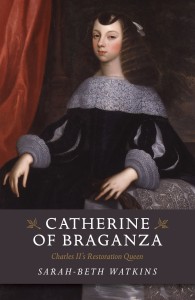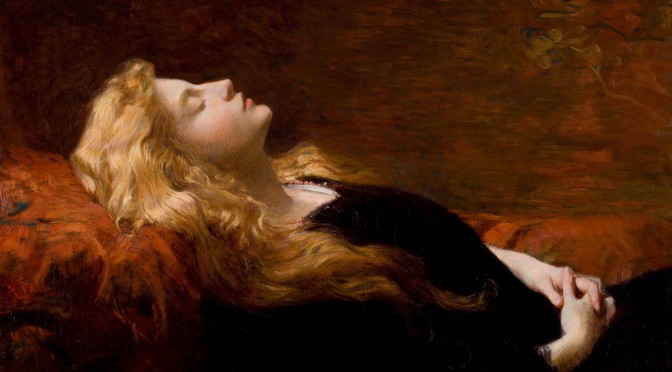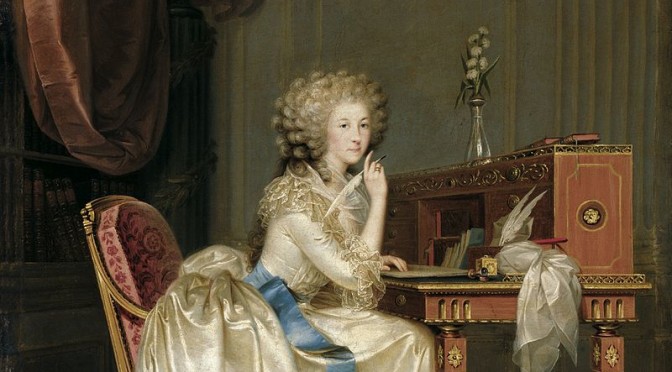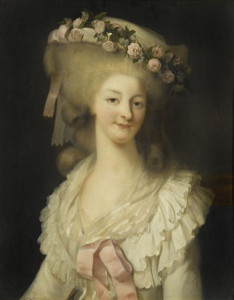I’ve been wanting to write about the popular damsels in distress for a long time. And since the feminist live action Beauty and the Beast movie is coming to theaters very soon, I’m going to prove how awesome Sleeping Beauty and Snow White actually are.
No, I’m not going to go through modern retellings. However, I have to say that modern observations in health are important when looking at these traditional fairytales. Whether it be waking up from a concussion, seizure, a form of shock, heat exhaustion, an illness, or some other shock that overcame your body, it can be very scary, and sometimes life-threatening.
I know because I’ve been there.
Once upon a time, I nearly got a prince.
Years ago, I was doing some student teaching in the summer. With all the stress, lack of sleep, and heat, I passed out and needed medical help. The paramedics were there in minutes. (So I heard.) I remember waking up and saw some attractive gentlemen hovering over me. They were so sweet asking about how I was feeling and asked other nice questions witnesses told me later. I remember thinking that I couldn’t mess up. Guys like these never approach me! I didn’t want them to think I was stupid. I felt stupid, though, when a fellow classmate gave the following account:
“One of the guys went right by you and said, ‘Hi, I’m Jake. What’s your name?’ And you just looked at him.’” She reenacted a blank stare. “ ‘Can I sit by you?’” My classmate stared again. It was a good laugh.
Despite a fall, I was still in fine health. I hadn’t needed CPR, but apparently I resisted and was scared when they were trying to stabilize me. I was such an idiot!
Another witness, who always wore her gray hair in a bun, said, “They were hot! You should bake them cookies.”
But someone said the paramedics were probably married.
Darn!
Whatever the marital status, I was grateful for their help, but was alarmed at the insurance bill. I couldn’t help but think, “Well that’s the most expensive date I’ve ever been on!”
In all seriousness, though, I saw the world in a different kind of light. I saw genuine kindness from classmates and mentors. My family still supported me, and I was stronger than I thought I was. I passed and completed that semester.
From a couple weeks to a hundred years, Sleeping Beauty and Snow White eventually came out their drowsiness. They had help, but we know that we must accept help sometimes in order to live.
They managed to ride a horse, dance, and found someone that wanted to marry them. Finding someone that wants to marry you, despite past and present medical conditions, is one of the greatest challenges of all.
So, don’t you dis on Snow White or Sleeping Beauty! They’re heroines who learned to ignore the negative stigmas placed on their health conditions.
Take that, Belle!
Image: Resting by Victor Gabriel Gilbert

